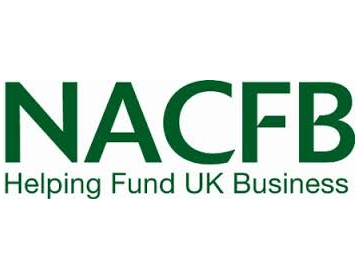The majority (74%) of mortgage applications via intermediaries for first-time buyers resulted in a completion during Q4 2017, according to the Intermediary Mortgage Lenders Association (IMLA).
Its Mortgage Market Tracker found a significant rise from just a year earlier, where 53% of mortgage applications were completed. In 2017, first-time buyers benefitted more than any other customer group from improving access to mortgage finance.
The quarterly report – which uses data from BDRC – tracked the intermediary channel to examine consumers’ success rate in securing a mortgage, from their initial interest through to completion. By doing this, it compared the fortunes of intermediaries dealing with first-time buyers, buy-to-let borrowers, homemovers, remortgagers and applicants for specialist loans.
First-time buyer numbers reached a ten-year high in 2017, according to data from UK Finance. IMLA’s report suggests that this was helped by 88% of applicants securing a mortgage offer in Q4 2017 for the third successive quarter, up from 73% a year earlier.
What’s more, 84% of those offers in Q4 2017 went on to complete, compared to 72% twelve months before.
Kate Davies, executive director of IMLA, said: “The mortgage market has proved itself to be resilient over the last year and intermediaries have continued to play a vital role in joining the dots between lender supply and consumer demand.”
“In particular, first-time buyers have benefitted from widely available and competitively priced deals, even before the extra confidence boost of the stamp duty exemption announced in the Autumn Budget.”
Throughout 2017 as a whole, 87% of first-time buyer applications resulted in an offer and 81% of those went on to complete. This means that 71% of first-time buyer applicants achieved their aim of securing a mortgage last year, compared to 50% in 2016.
Average first-time buyer mortgage repayments were equivalent to 17.4% of income in December 2016. However, this eventually fell to 17.1% a year later.
The average loan-to-value also reduced from 82.0% in December 2016 to 81.4% at the end of 2017 as first-time buyers’ average borrowing remained stable with a proportion of the overall price paid for their homes.
Product availability, low interest rates and strong competition between lenders – as well as the cooling of house price growth – have all helped first-time buyers.
Davies said that it is encouraging to see stable mortgage repayments as more first-time buyers make the step up onto the housing ladder. “With the Bank of England base rate on a slow upward trajectory, lenders remain firmly focused on rigorous affordability tests so that borrowers do not overstretch themselves to achieve their ambitions,” she said.
“At the same time, we need to be mindful that more first-time buyers are opting for loans of 30 years or more. This represents a shift in the dynamics of owning a home compared with previous generations: a fact emphasised by recent warnings from the Institute for Fiscal Studies about the decline of homeownership among younger adults.”
For every 100 applications, an additional 21 first-time buyers completed a mortgage in Q4 2017 compared with Q4 2016 (71 and 53 respectively). Specialist borrowers saw the next biggest improvement in terms of access to mortgage finance, with the completion rate rising from 61 per 100 (Q4 2016) to 73 per 100 a year later.
The biggest quarterly improvement in Q4 2017 was achieved by homeowners, the only group with a greater success rate, with more mortgage completions in Q4 (77 per 100 applications) than in Q3 (74 per 100).
Overall, 95% of intermediaries were confident about the outlook for the mortgage industry in Q4 2017, while 56% were very confident about the outlook for the intermediary sector in particular – up from 52% a year earlier. Some 64% were very confident about the outlook in Q4 2017, up from 61% at the end of 2016.
“Mortgage lenders can play their part in supporting access for first-time buyers, and our figures show they are clearly doing so,” Davies added. “Our improving success in satisfying the finance needs of first-time buyers throws the spotlight onto policy-makers to ensure that pressures on the availability and affordability of housing in the UK do not put young households off applying in the first place.”




















Join the conversation
Be the first to comment (please use the comment box below)
Please login to comment